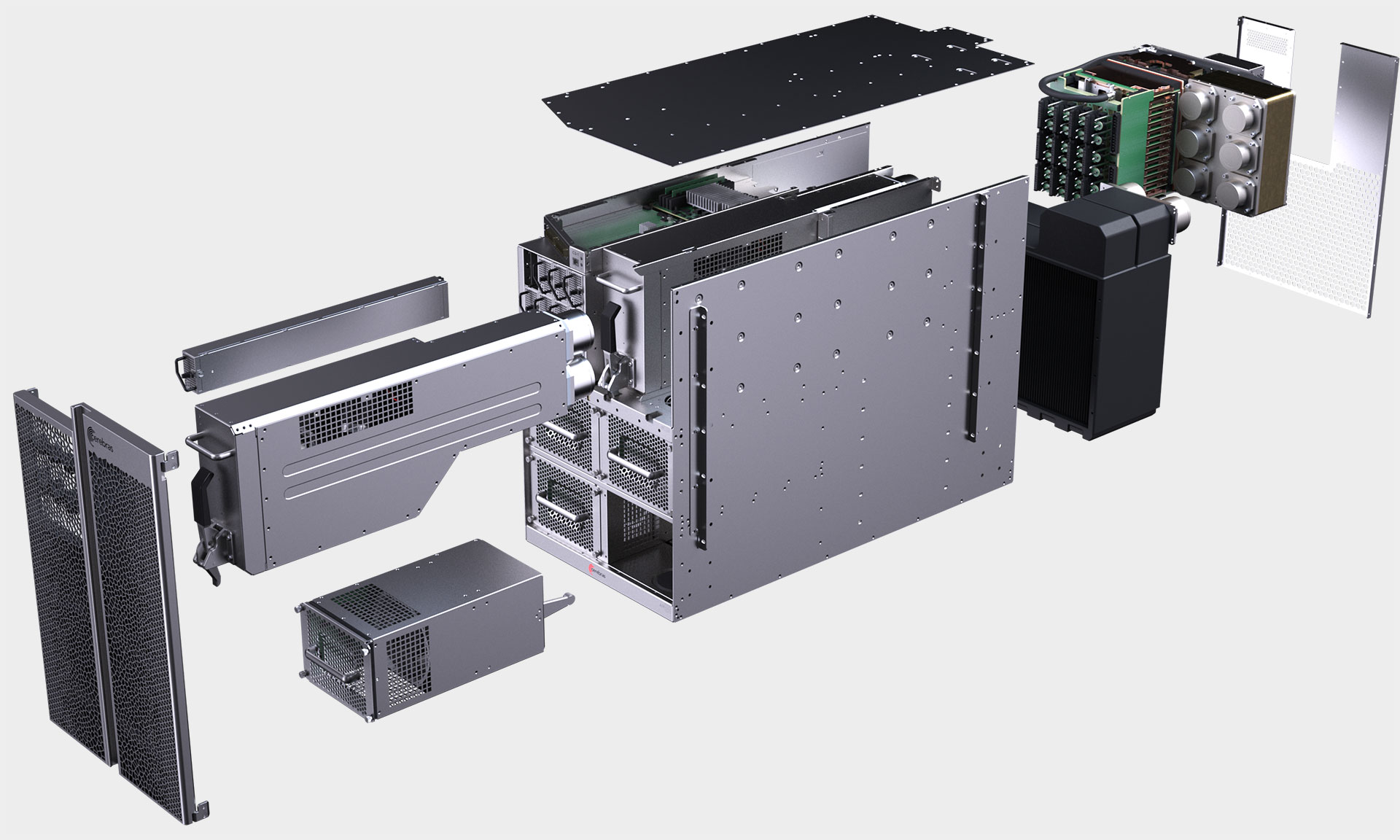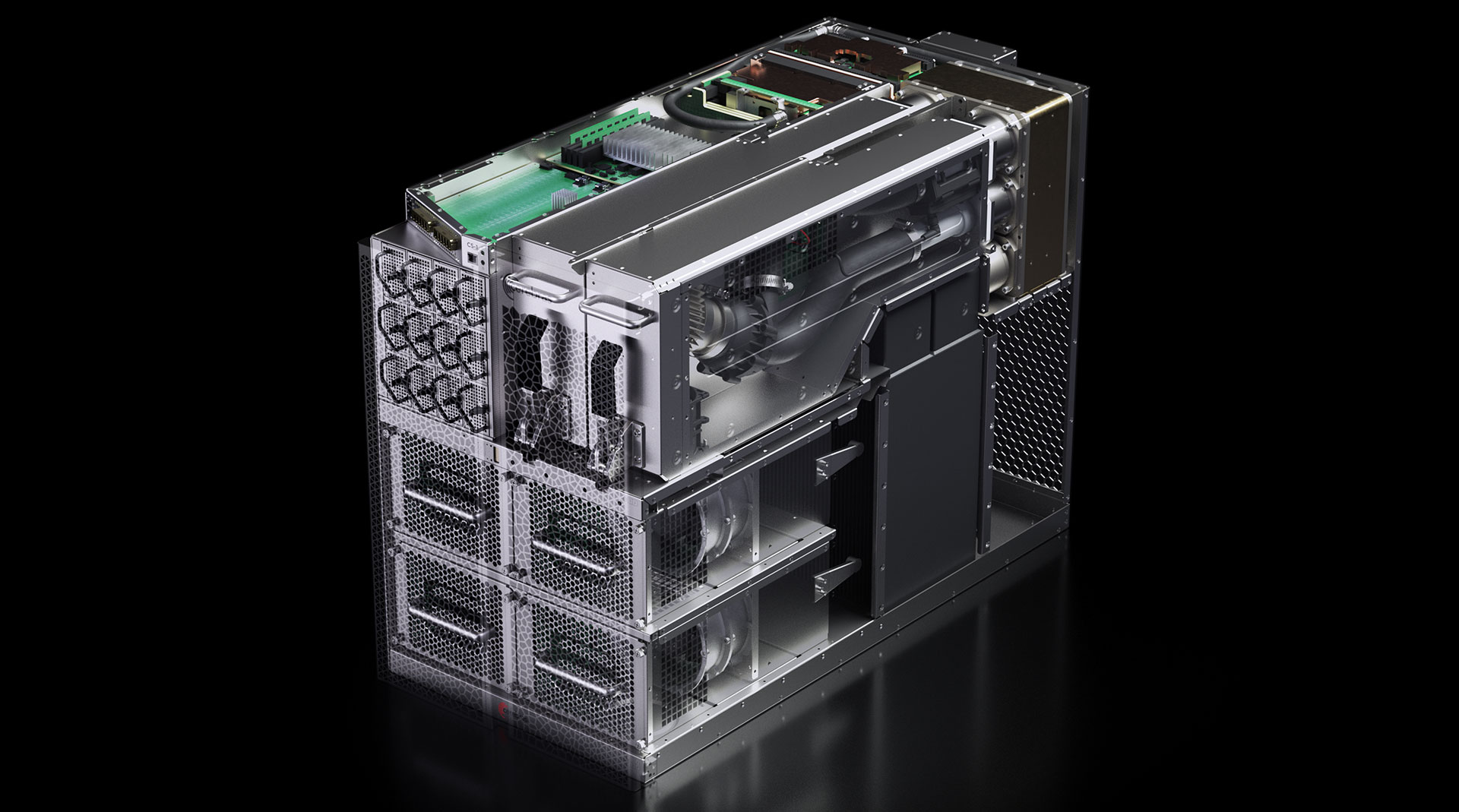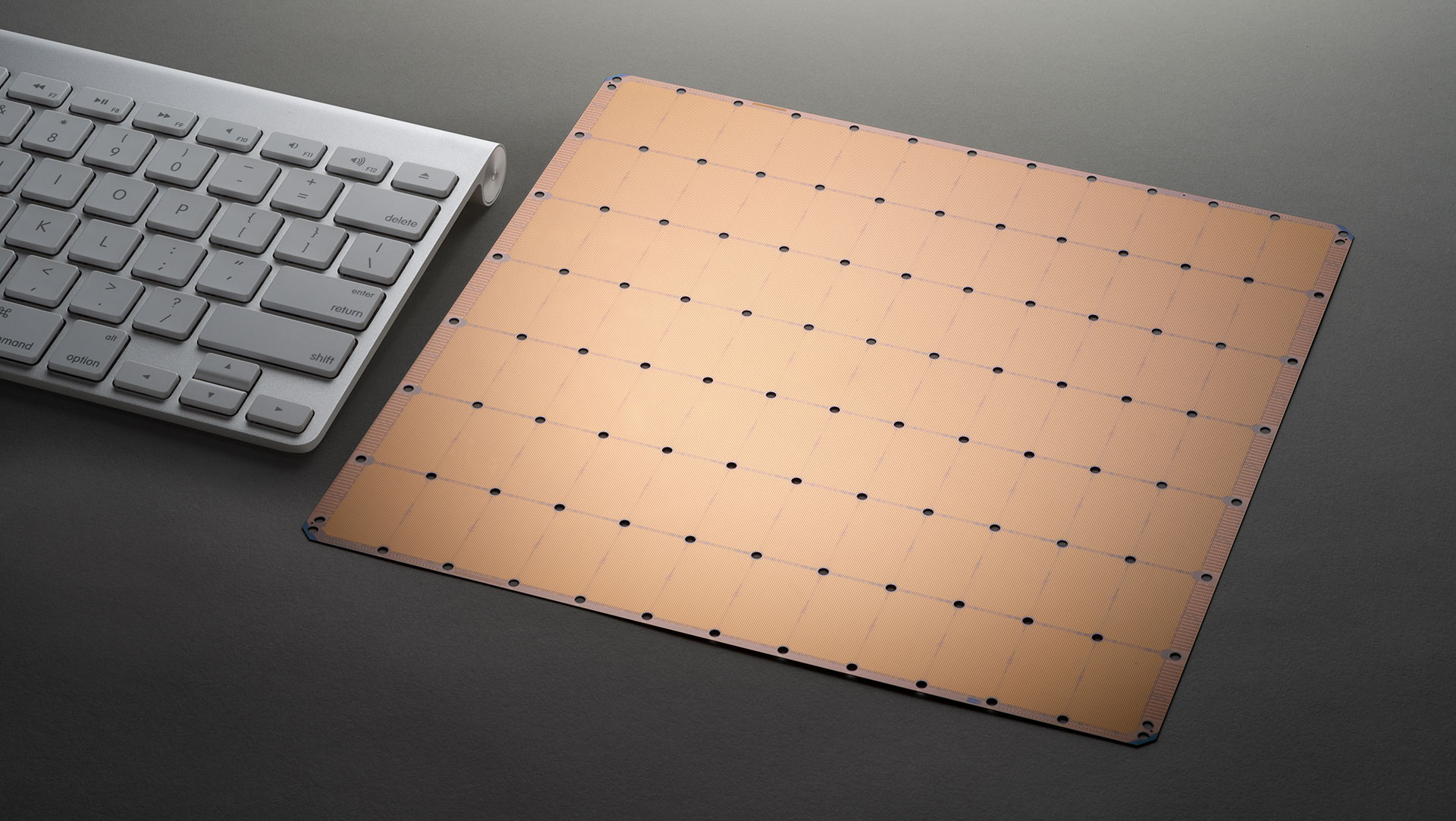This computer is 26 inches tall and houses a 400,000-core processor
I thought it'd be bigger.

The world's largest computer chip boasts a whopping 1.2 trillion transistors and a staggering 400,000 cores, dwarfing the latest generation AMD Ryzen and Intel Core processors in both regards. Even so, it's small enough to fit inside a computer that stands just a bit over 2 feet tall.
That system is the Cerebras CS-1, and you'll notice I'm not calling it a PC. It doesn't qualify as one (so don't expect to see any Black Friday deals on this rig). The CS-1 is a computer, though, and according to Cerebras there is no other system in the world that is faster at processing artificial intelligence (AI) workloads.

"The CS-1 is the industry’s fastest AI computer, and because it is easy to install, quick to bring up and integrates with existing AI models in TensorFlow and PyTorch, it delivers value the day it is deployed," said Andrew Feldman, Founder and Chief Executive Office, Cerebras Systems. "Depending on workload, the CS-1 delivers hundreds or thousands of times the performance of legacy alternatives at one-tenth the power draw and one-tenth the space per unit compute."
You may recall I wrote the actual processor several months ago. To recap, it's called the Wafer Scale Engine (WSE, pronounced "wise"), and it is the first to breach 1 trillion transistors. It's also rather big for a computer chip—it measures 46,225 mm-squared, which is 56 times larger than the biggest GPU ever made. Here it is next to a keyboard for scale, looking like a high-tech mouse pad:

Still, it fits inside a system that is smaller than some mid-tower PCs. At 26 inches tall, the CS-1 takes up just a third of the space in a standard datacenter rack, yet can replace hundreds or thousands of GPUs that would normally consume dozens of racks, Cerebras says.
Before anyone asks, it's not designed to run Crysis (or any modern equivalent). Instead, one of the first deployments will be in the Argonne National Laboratory, where it will be used to accelerate neural networks in "pathbreaking" cancer studies, to get a better grasp of black holes, and to help understand and treat traumatic brain injuries.
The biggest gaming news, reviews and hardware deals
Keep up to date with the most important stories and the best deals, as picked by the PC Gamer team.
Paul has been playing PC games and raking his knuckles on computer hardware since the Commodore 64. He does not have any tattoos, but thinks it would be cool to get one that reads LOAD"*",8,1. In his off time, he rides motorcycles and wrestles alligators (only one of those is true).


